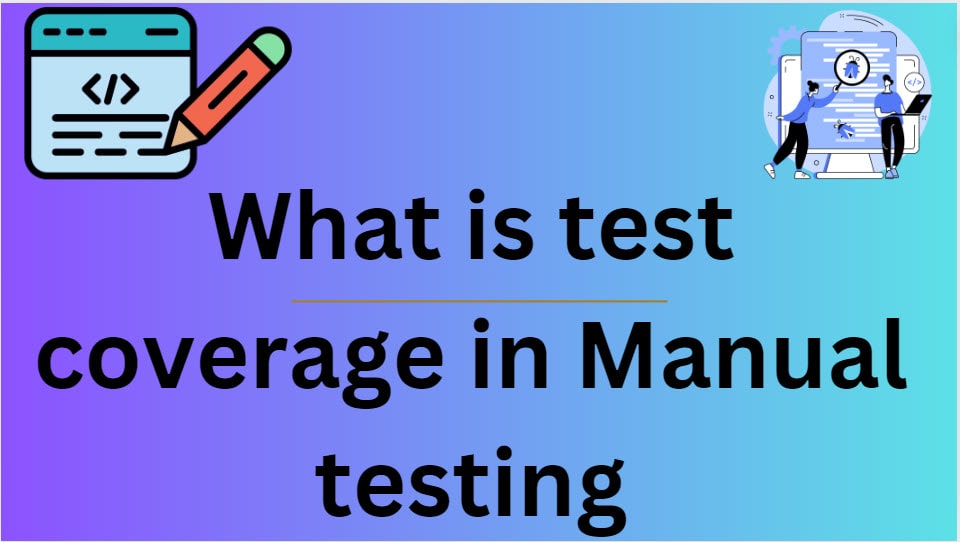Test coverage in manual testing refers to a metric that measures the amount of testing performed by a set of tests. It is a technique used to determine the extent to which the application code has been tested and how thoroughly the requirements have been covered.
In manual testing, test coverage helps assess the effectiveness of the test cases and identifies areas of the software that may need additional testing. It calculates the percentage of test cases covering the entire application code, providing insights into the level of testing performed.
While automated testing often focuses on code coverage, manual testing emphasizes requirements coverage. This approach ensures that the software meets user requirements and functions as expected from a user’s perspective.
Test coverage in manual testing can include various aspects:
- Functional coverage: Ensuring all features and functionalities are tested
- Scenario coverage: Testing different user scenarios and workflows
- UI coverage: Verifying all user interface elements and interactions
- Data coverage: Testing with various data inputs and combinations
To improve test coverage in manual testing, testers should:
- Thoroughly analyze requirements and create comprehensive test cases.
- Collaborate with developers and stakeholders to understand the application’s intricacies.
- Use traceability matrices to map requirements to test cases.
- Regularly review and update test cases to reflect changes in requirements or functionality.
- Combine manual testing with automated testing for more comprehensive coverage.
You may also like following the articles below
By applying test coverage techniques in manual testing, testers can determine whether their test cases are actually covering the application code and identify any gaps in the testing process. This helps improve the overall quality of the software and reduces the risk of undiscovered bugs or issues in the final product.

My name is Madhu, and I’m a certified Test Consultant with more than 16 years of hands-on experience developing and maintaining manual and Test Automation in the Software industry. I have experience with automation tools such as Selenium, Katalon Studio, etc.
